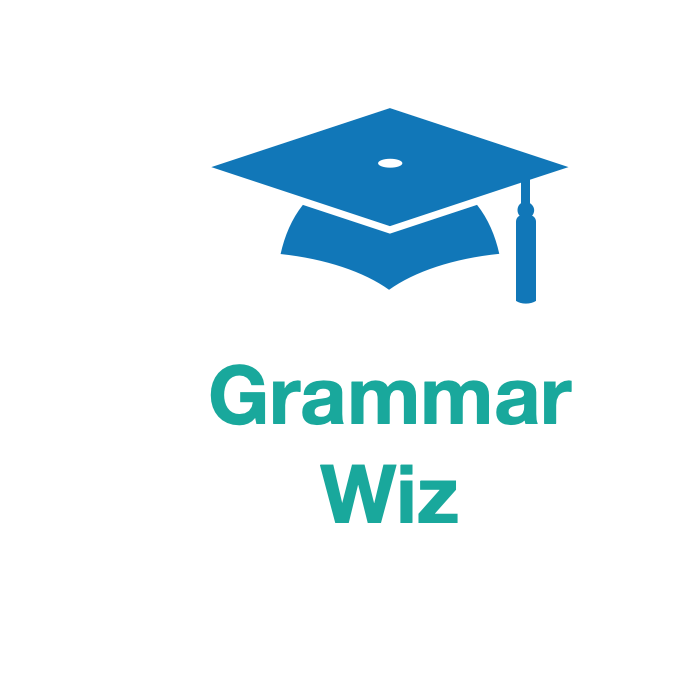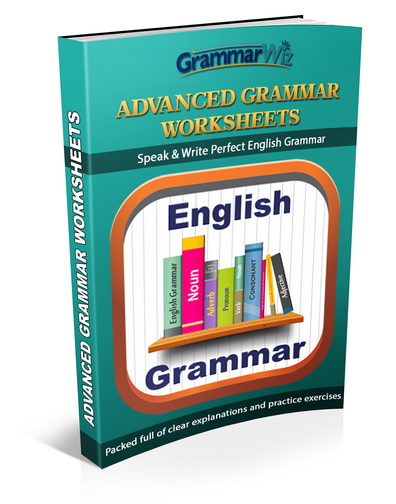- Home
- Confusing Words
- Its or It's
Its or It's Grammar Rules
Choosing between its or it's is difficult for many learners of the English language.
Basically, its is the possessive form and it's is a contraction of 'it is' or 'it has'.
Here we'll teach you more about them with some examples.
It's
When there is an apostrophe, it's is indicating a contraction of one of these, depending on the sentence:
- it is
- it has
A contraction is when we shorten two words by placing an apostrophe between them.
Contraction of 'it is'
- It's (it is) hot today
- It's (it is) not fair that I failed the test
- I made the curry. It's (it is) vegetarian
- He's still coming although it's (it is) late.
Contraction of 'it has'
- It's (it has) been very hot today
- It was in the oven for ages but it's (it has) not cooked.
- I've lost my pen. I'm not sure where it's (it has) gone.
- It's (it has) been several years since I've seen him
Its
Its with no apostrophe is indicating the possessive form. It is a possessive adjective. By possessive we mean 'belonging to':
- The student read his books (masculine)
- Jane was missing her family (feminine)
- The dog ate its food (neutral)
You know this is the possessive as you can't say "The dog ate it is food".
Examples:
- The school has lost its funding
- The door has had its paint removed
- Has the food reached its sell-by date?
- The village has changed its name
A Top Tip for Choosing Its or It's
A way to help you choose between its or it's is to say the sentence that you are about to write in your head or out loud and see if it sounds right.
But when you do it, place it is and it has in place of the its/it's. If it doesn't sound right then it's likely to be the possessive form.
Let take an example. Imagine you are going to write this sentence but you don't know whether to use its or it's:
- The painting has faded and lost its/it's colour?
Now read out the sentence with it is and it has:
- The painting has faded and lost it is/it has colour?
You'll have hopefully realised that it didn't sound right when you did that. So it should be its without the apostrophe in the sentence. Now try this one:
- I was going to leave but I realised its/it's not the right time.
Now read these out:
- I was going to leave but I realised it is/it has not the right time.
This time you should have realised that it is sounds ok, and so it's is the right one to use.
Contractions
Another thing to note is about contractions. When a word is shortened as in it's, it's called a contraction.
Contractions are common when we speak or in more informal writing such as social media, emails, letters, novels and magazines, but not for academic writing.
So make sure you use it in the right context.
New! Comments
Any questions or comments about the grammar discussed on this page?
Post your comment here.




